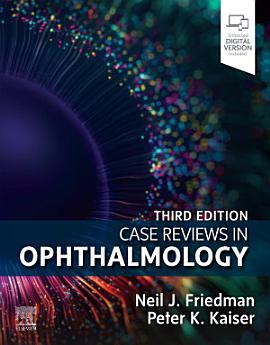Photophysics and Nanophysics in Therapeutics
About this ebook
About the author
Dr. Nilesh M. Mahajan is a Professor and Head, Department of Pharmaceutics at Dadasaheb Balpande College of Pharmacy, Nagpur, India having 20 years of experience. He has four patents published, one copyright for designing biomedical device, and several publications. He has several research grants from different federal agencies. He is a consultant to Pharma industries and received several awards. His areas of research expertise are nanotherapeutics, crystal engineering, and polyherbal formulations.
Dr. Avneet Saini is an Assistant Professor in the Department of Biophysics, Panjab University, Chandigarh, India holding M.Sc. Honours degree and PhD in Biophysics from Panjab University, Chandigarh, India. During her research career, she worked on the computational study and characterization of peptides and peptoids as antimicrobial and collagen mimetics using different in silico techniques. She holds expertise in computational biology and biophysical chemistry techniques. Dr. Saini has received numerous research grants from national and international federal agencies.
Dr. Nishikant A. Raut is a Professor in the Department of Pharmaceutical Sciences Rashtrasant Tukadoji Maharaj Nagpur University, Nagpur, India having 19 years of experience. He completed his master’s degree in Pharmaceutical Chemistry in 2002, and received Ph.D. degree in Pharmaceutical Sciences from RTM Nagpur University, Nagpur in 2010. He pursued Post-Doctoral Research from College of Pharmacy, University of Illinois at Chicago, USA under Raman Post-Doctoral Fellowship awarded by UGC, Govt. of India. He has received research grants from several federal funding agencies. During COVID-19 Pandemic, Dr. Raut, in the capacity of Co-PI, established and served as Nodal Officer of COVID-19 Diagnosis Centre at RTM Nagpur University.
Sanjay J. Dhoble is a Professor in the Department of Physics at R.T.M. Nagpur University, India. During his research career, he has worked on the synthesis and characterization of solid-state lighting materials, as well as the development of radiation dosimetry phosphors using thermoluminescence techniques and utilization of fly ash.







